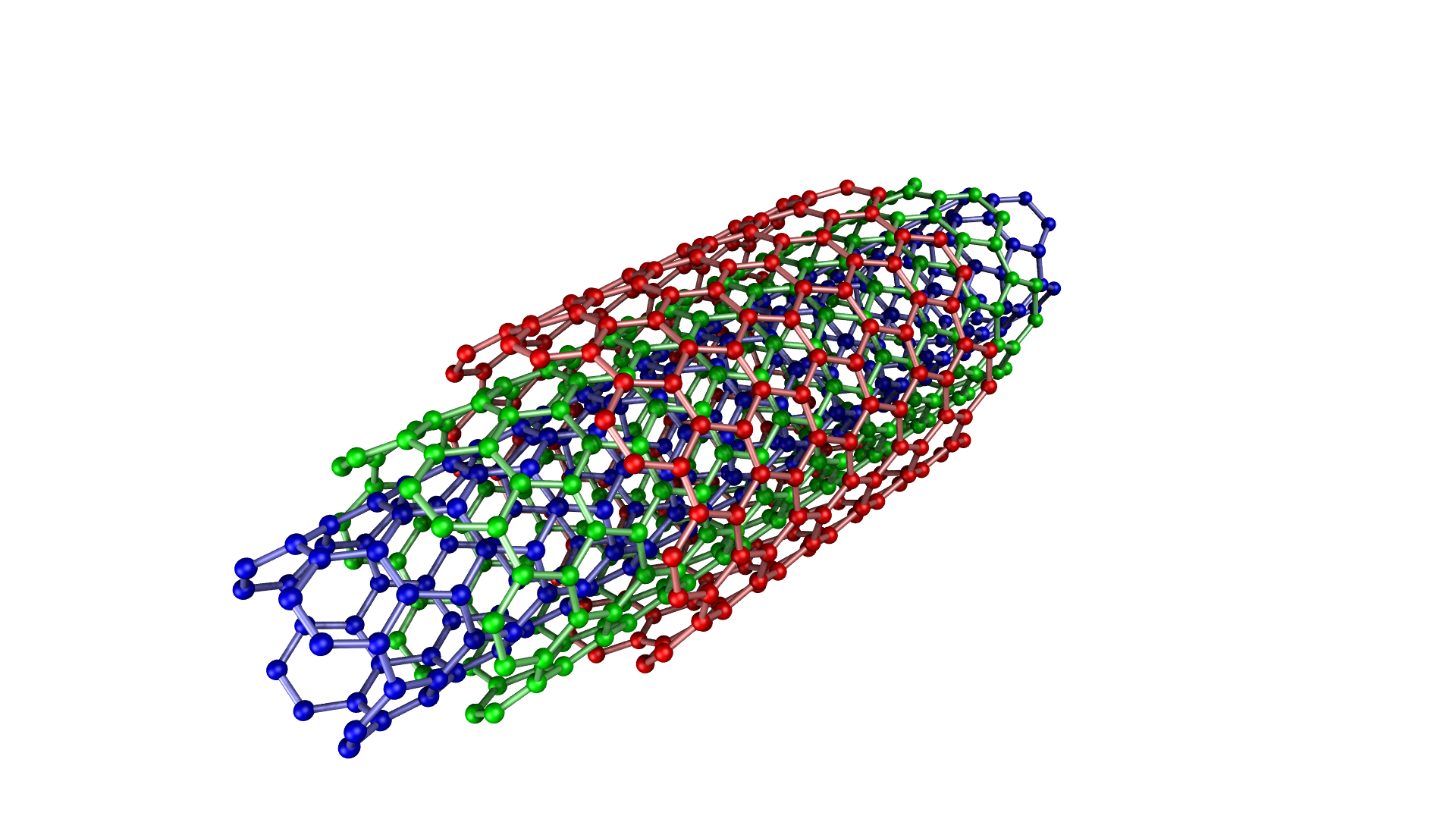
Separating liquid compartments is not only important for generating energy in biological cells, respiration that is, but also for electrochemical cells and desalination through reverse osmosis and other processes. Therefore, scientists and engineers intensively research this field. We have already reported in several posts about promising attempts to make membranes cheaper and more effective. New nanomaterials have also been developed.
As a result of climatic changes caused by global warming, water scarcity is increasingly becoming a problem in many parts of the world. Settlements by the sea can secure their supply by desalinating water from seawater and brackish water sources. The process, however, is very energy intensive.
Now, researchers at California’s Lawrence Livermore National Laboratory (LLNL) have developed artificial pores made of carbon nanotubes that remove salt from water so efficiently that they are comparable to already available commercial desalination membranes. These tiny pores are only 0.8 nanometers in diameter. A human hair with a diameter of 60,000 nm. The researchers published the results in the journal Science Advances.
The predominant technology used to remove salt from water is reverse osmosis. A thin-film composite membrane (TCM) is used to separate water from ions. Hitherto the performance of these membranes has, however, been unsatisfactory. There is, for example, always a tradeoff between permeability and selectivity. In addition, exisiting membranes often show insufficient ion repulsion and are contaminated by traces of impurities. This requires additional cleaning stages, which again increase energy costs.
As is so often the case, the researchers got inspired by nature. Biological water channels, also known as aquaporins, are a great model for the structures that can improve performance. These aquaporins have extremely narrow internal pores that compress the water. This enables extremely high water permeability with transport rates of more than 1 billion water molecules per second per pore. Due to the low friction on the inner surfaces, carbon nanotubes represent one of the most promising approaches for artificial water channels.
The research group developed nanotube porins that insert themselves into artificial biomembranes. These engineered water channels simulate the functionality of aquaporin channels. The researchers measured the water and ion transport through their artificial porins. Computer simulations and experiments using the artificial porins in lipid membranes showed improved flux and strong ion repulsion in the channels of carbon nanotubes.
This measurement method can be used to determine the exact value of the water-salt permselectivity in such narrow carbon nanotubes. Atomic simulations provide a detailed molecular view of the novel channels. At Frontis Energy, we are excited about this promising approach and hope to see a commercial product soon.
(Image: Wikipedia)




